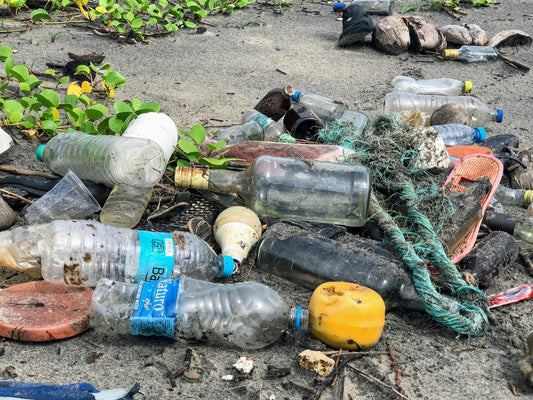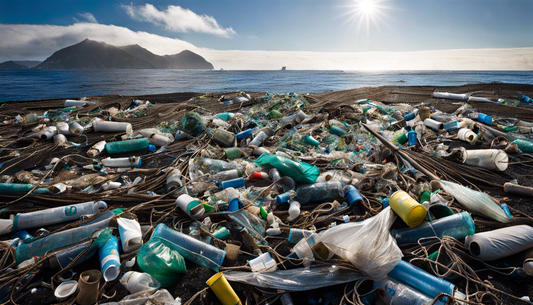Share
Hidden Toxins in Pink Fire Suppressants:
Let's state the obvious: Fires need to be put out and firefighters are heroes. We all know the pictures of firefighting planes dropping pink firefighting foam to battle natures fury. Now that the dust is slowly settling though, some environmental groups in LA are sounding an alarm that could make the aftermath of the devastating fires even worse. A recent study reveals that the ubiquitous pink fire suppressants used in combating wildfires are laden with heavy metals like cadmium, arsenic, and chromium - not quite the pleasant pink one would imagine.
The Cloak of "Trade Secrets"
It's surprising that something as open as combating a wildfire could harbor deep, hidden secrets. Well, it turns out that the U.S. government and chemical manufacturers have had a cozy agreement declaring 20% of the contents of these aerial suppressants as "trade secrets". Until now, these have conveniently been exempt from public disclosure. The study has shattered this secrecy by conclusively confirming the presence of toxic metals in these suppressants.
The Delicate Balance between Health and Property:
Donning the pink shades for firefighting does pose an interesting question. Are we playing a high stakes game where we are protecting our properties at the cost of our health? The implications are concerning. A staggering 440 million gallons of these suppressants have been sprayed from 2009 to 2021. With wildfire frequency and intensity on the rise, it's more than just the forests that are at risk -- it's our health too.
What Really Makes it Pink?
So, let's peel away the layers of this pink mystery. The suppressants comprise of water, fertilizer, and undisclosed ingredients. The pink hue comes from a dye thrown into the mix to guide the firefighters. It's suspected that metals, utilized as anti-corrosion agents to safeguard the plane's tanks, also make their way into the solution. A cocktail that may be as harmful to the environment as it is effective against wildfires!
The Toxic Aftermath:
We all breathe a sigh of relief once a wildfire is contained, but at what cost? The USC researchers were initially more concerned about environmental contamination. However, with the heavy usage of suppressants in residential areas recently, the potential human health risks cannot be ignored. A big question hovers in the aftermath of this study. Are the hazardous waste thresholds set the right benchmark for these? Or do we need stricter regulations on permissible concentrations of toxic compounds, especially when these are being liberally sprayed over populated neighborhoods?
Hope on the Horizon?
In light of these revelations, it's heartening to hear that the producer of one of the suppressants has claimed that their next-generation product is "greener". Until actual tests confirm this, we can only hope that the future of firefighting won't be painted in toxic pinks but in safer, more environmentally-friendly hues.
We hope you enjoyed this article. Please feel free to leave a comment below if you want to engage in the discussion.
If you want to read more like this, make sure to check out our Blog and follow us on Instagram. If you are interested in truly sustainable products, check out our Shop.
Check out the original source here.








